The U.S. Department of the Treasury on Friday posted guidance for battery materials, helping to clarify whether those buying EVs as soon as later next month will be able to claim the $3,750 credit dedicated to critical mineral origins under the new Clean Vehicle Credit.
Based on an initial look, the rules will cast a wide net that follows the more liberal definition the administration previewed in December—allowing critical minerals from nations with which the U.S. has established free trade agreements to count toward the tax credit. The interpretation of the rules, as a result, includes this week’s agreement with Japan, and confirms that South Korea is included among many other nations.
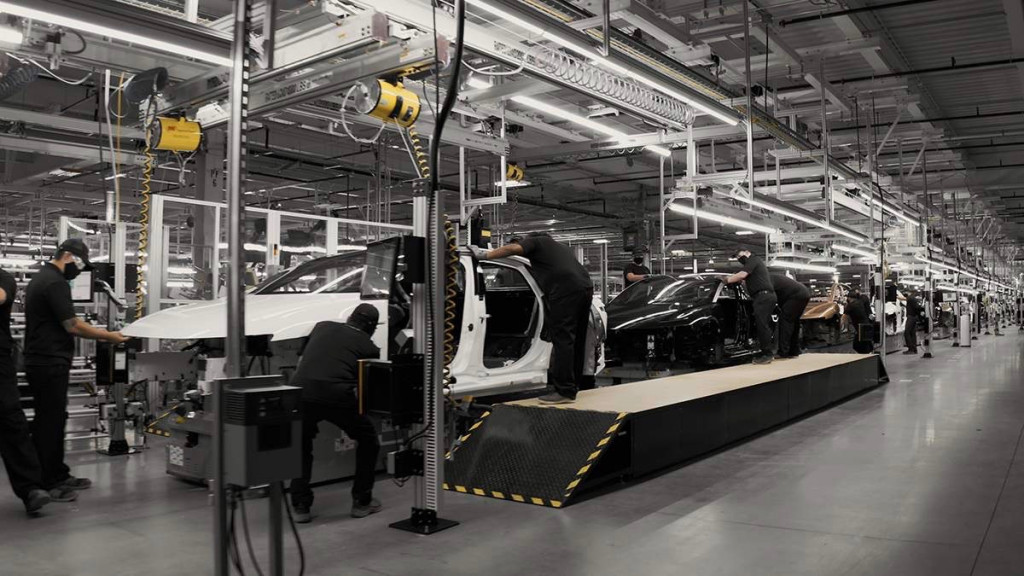
Lucid Motors AMP-1 factory, Casa Grande, Arizona
The less critical rules over critical minerals, despite the pushback over the original intent of the law as passed by Congress, are likely a good thing over the next several years for both automakers and vehicle shoppers, as it will assure that a wider pool of North American–made EVs are eligible for the credit’s full $7,500 amount.
What was revealed Friday is a proposed rule, that will then be formed into a final rule after feedback from stakeholders. Rather than diving into all the fine details, what follows is a top-level view of what this new limitation means for shoppers in the immediate term and the EV market in a big-picture sense.
For the vehicle to qualify for the tax credit
Under the Clean Vehicle Credit, known as 30D, vehicles must undergo final assembly in North America and not exceed the maximum allowed prices of $55,000 for cars and $80,000 for SUVs, pickups, and vans.
If they meet that cut, there are two portions that determine the actual credit amount: one for battery components, and the other for critical minerals.
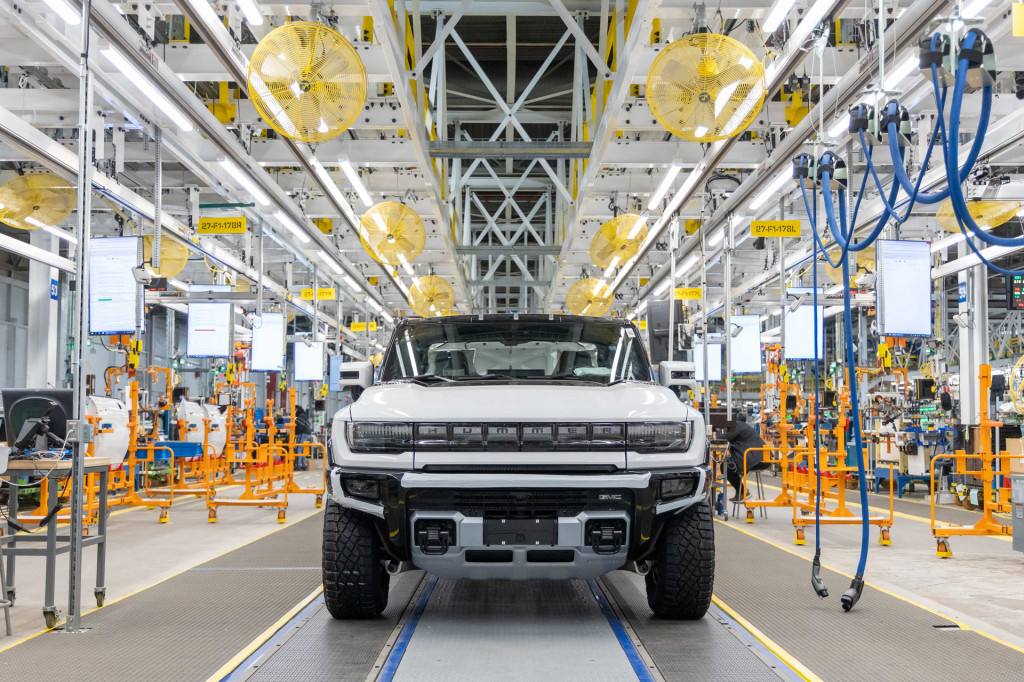
2022 GMC Hummer EV pre-production at Factory Zero plant in Detroit, Michigan
The latter is the especially challenging one today, as while most EVs for U.S. sale have American-made batteries, about 60% of the world’s EV critical-mineral battery material is processed in China. The battery component portion for 2023 requires 50% of the value of components in the battery to be made or assembled in North America. For this critical minerals portion clarified today, 40% of the critical mineral value contained in the battery for 2023 must be extracted or processed in the U.S. or a country with a free trade agreement with the U.S. Both requirements get tighter in future model years.
Further in 2024 for battery components and 2025 for critical minerals, additional restrictions will be placed on those made by “foreign entities of concern.”
For the buyer to qualify for the tax credit
It’s also worth noting that to qualify for the credit you must buy the vehicle for your own use, use it primarily in the U.S., and have a modified adjusted gross income of no more than $150,000 for single filers or $300,000 for married couples filing jointly. You’ll also need to have at least as much as the credit in taxes due.
150,000th Ford Mustang Mach-E built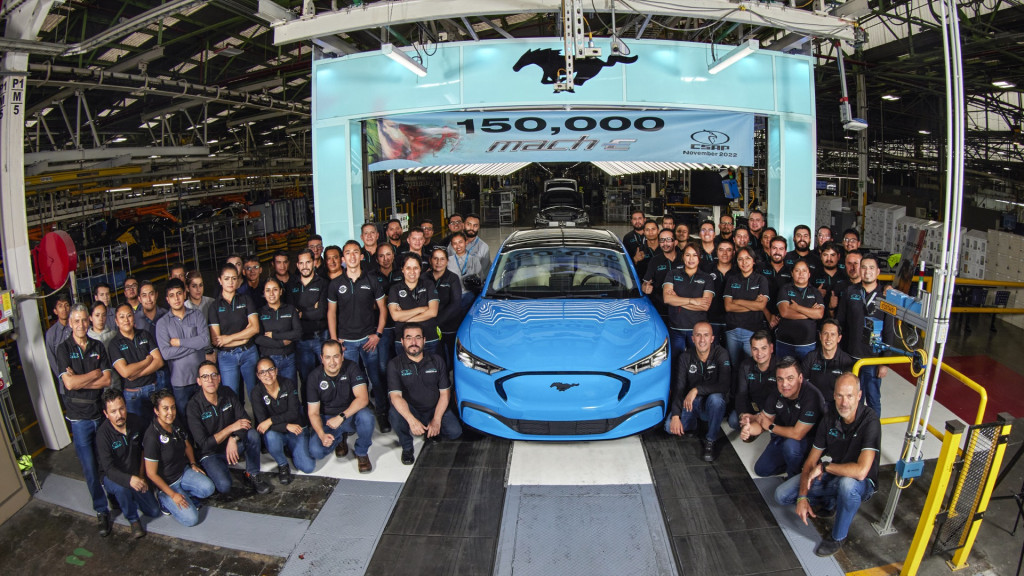
Where’s the list of eligible vehicles and amounts?
Manufacturers are self-certifying this under penalty of perjury, with the IRS responsible for enforcement, the rules, and making sure a list of vehicles is maintained. Automakers will need to certify with the IRS on a monthly basis, so the list will be constantly evolving and might need to be much more granular and handled on a VIN basis—with VW’s ID.4 and its like-sized battery packs sourced from different suppliers, for instance.
But the list isn’t posted yet. The rule for critical minerals goes into effect with vehicles delivered starting on Tax Day, April 18 (irrespective of when you paid for it), and the agencies will have a list of eligible vehicles available by then.
After Friday’s release of the framework, the Department of Treasury will give automakers two weeks to analyze the rule and how it affects them, so this could change yet.
To underscore: The list of eligible vehicles is expected not to just get shorter. Amounts will be down to $3,750 for many U.S.-built EVs, as few if any will initially qualify for the critical minerals portion.
UAW-made sticker on 2022 Chevy Bolt EV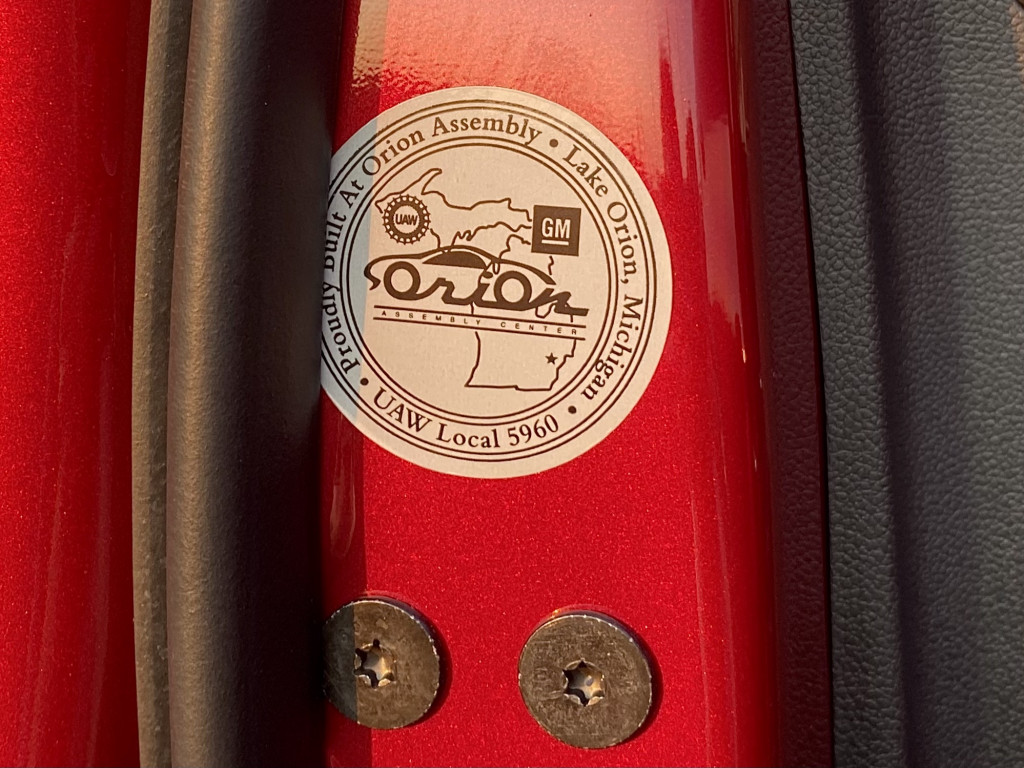
What this means for U.S. jobs
It could mean a great many jobs over time. The guidance, according to senior White House officials, “will give manufacturers more certainty so that they can make plans to onshore more of their supply chain in the coming years, and ensure that we can work with our allies and partners to reduce our reliance on China and bolster our national security.”
According to the Biden administration there has been $90 billion in new investment related to the EV battery supply chain, wth half of that investment occurring after the passage of the IRA. Currently there are about 75 American facilities across 24 states involved in the battery critical material supply chain.
Ultimately, the tighter controls over details like critical minerals could help hold true to the intent of the Inflation Reduction Act, aiming to improve energy security, reducing costs to Americans, and reducing our national debt.
And the guidance, according to senior Treasury, Energy, and White House officials, will give manufacturers more certainty so that they can make plans to onshore more of their supply chain, to reduce our reliance on China and bolster our national security.
While the guidance only applies toward the Clean Vehicle Credit, the hopes are that this helps drive a broad shift in the supply chain that affects everything from solar panel and wind turbines to EV batteries.
Mercedes-Benz Alabama battery factory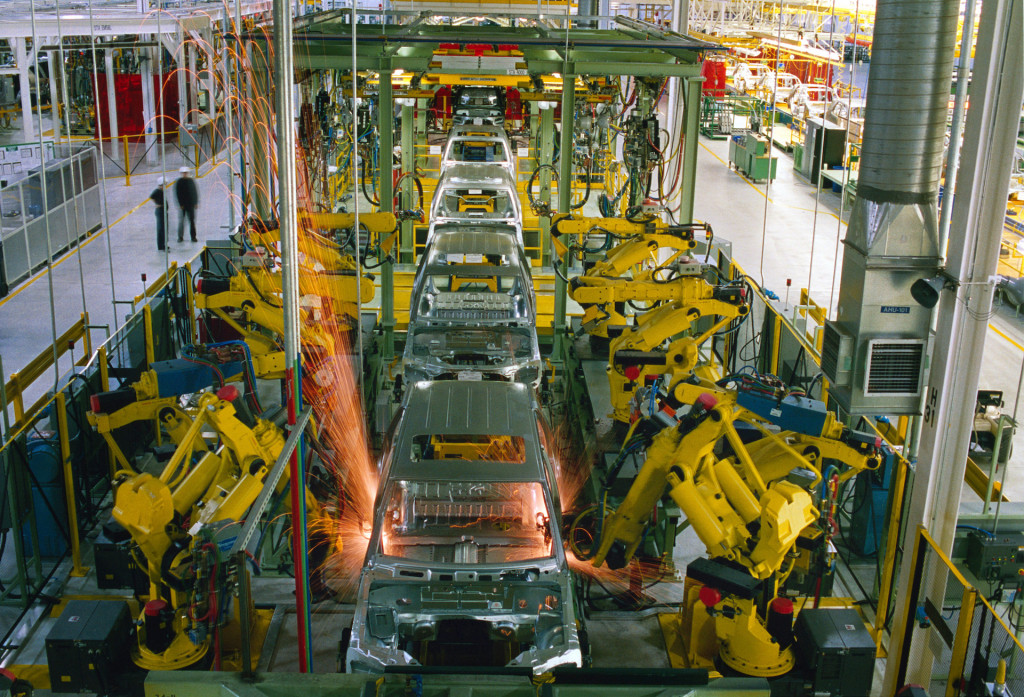
But wait, there’s more—incentives for companies
From the IRA, the federal government has both the Clean Vehicle Credit and the Advanced Manufacturing Tax Credit. The IRA isn’t the only tool the federal government has activated to help cut battery costs. Manufacturers are eligible for the 45X per-unit credit for manufacturing clean energy components, including batteries, solar components, inverters, and more, while the 48C is an upfront 30% tax credit for clean energy component manufacturing.
And then there’s 45W, the Commercial Clean Vehicle Credit, which may have been written so that companies could claim a $7,500 credit for fleet vehicles. But for now it’s helping make luxury EV leases cheaper, no matter what the battery or mineral origin. Loophole or not, it’s another way the IRA is directly helping EV shoppers.












